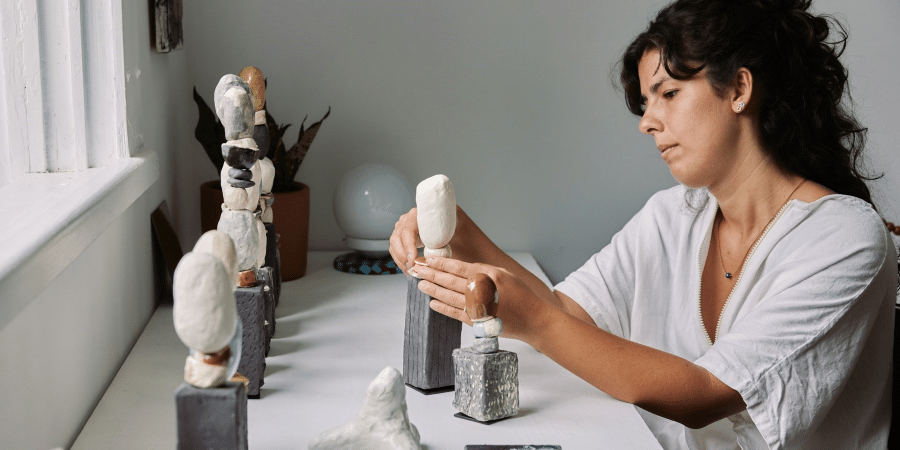Claymation, a unique form of stop-motion animation, has left an indelible mark on the world of entertainment. From beloved children’s shows to critically acclaimed films, claymation has revolutionized the way we experience stories on screen. In this article, we’ll explore the history of claymation, its impact on entertainment, and why it continues to captivate audiences of all ages.
1. What is Claymation?
Claymation, also known as clay animation or stop-motion animation, is a technique where animators manipulate clay figures frame by frame to create the illusion of movement. Unlike traditional animation, which involves drawing characters on paper or digitally, claymation brings characters to life using three-dimensional models made from clay or plasticine.
2. The Early Days of Claymation
Claymation traces its roots back to the early 20th century when pioneering animators experimented with stop-motion techniques. One of the earliest examples of claymation is the 1925 film “The Lost World,” which featured dinosaurs brought to life using clay models. However, it wasn’t until the mid-20th century that claymation gained widespread recognition with the work of artists like Art Clokey, creator of the iconic character Gumby.
3. Gumby and the Rise of Claymation
Gumby, a green clay figure with a distinctive tall head and blue pants, became a cultural phenomenon in the 1950s and 60s. Created by Art Clokey, the character starred in “The Gumby Show,” a groundbreaking television series that showcased the creative potential of claymation. Gumby’s whimsical adventures captivated audiences of all ages and helped popularize claymation as a viable form of entertainment.
4. Claymation on the Big Screen
In the 1980s and 90s, claymation experienced a resurgence in popularity thanks to the work of visionary filmmakers like Nick Park and Aardman Animations. Films like “The Wrong Trousers” and “Chicken Run” combined innovative storytelling with masterful claymation techniques, earning critical acclaim and delighting audiences around the world. Aardman’s signature style, characterized by expressive characters and intricate sets, set a new standard for claymation filmmaking.
5. The Enduring Appeal of Claymation
Despite advances in digital animation technology, claymation continues to captivate audiences with its tactile charm and handmade aesthetic. Unlike computer-generated imagery (CGI), which can sometimes feel sterile or artificial, claymation retains a sense of warmth and authenticity that resonates with viewers. Additionally, the labor-intensive nature of claymation, with animators painstakingly crafting each frame by hand, imbues the medium with a sense of artistry and craftsmanship.
6. Claymation in Popular Culture
Claymation has permeated popular culture, influencing everything from advertising campaigns to music videos. The California Raisins, a group of animated clay figures created to promote raisin consumption, became unlikely pop culture icons in the 1980s, starring in commercials, television specials, and even a video game. Similarly, the animated series “Wallace and Gromit,” featuring a hapless inventor and his faithful dog, has spawned merchandise, spin-offs, and even a feature-length film.
7. The Future of Claymation
As technology continues to evolve, claymation remains relevant in an increasingly digital world. While CGI may offer filmmakers greater flexibility and realism, claymation’s handmade charm and tactile appeal ensure that it will always have a place in the hearts of audiences. Whether it’s through nostalgic reboots of classic characters or bold new experiments in storytelling, claymation will continue to inspire and entertain for generations to come.
In conclusion, claymation has revolutionized entertainment by offering a unique blend of creativity, craftsmanship, and charm. From Gumby’s whimsical adventures to Aardman’s blockbuster films, claymation has captivated audiences around the world and left an enduring legacy in the world of animation. As we look to the future, one thing is clear: the magic of claymation is here to stay.














